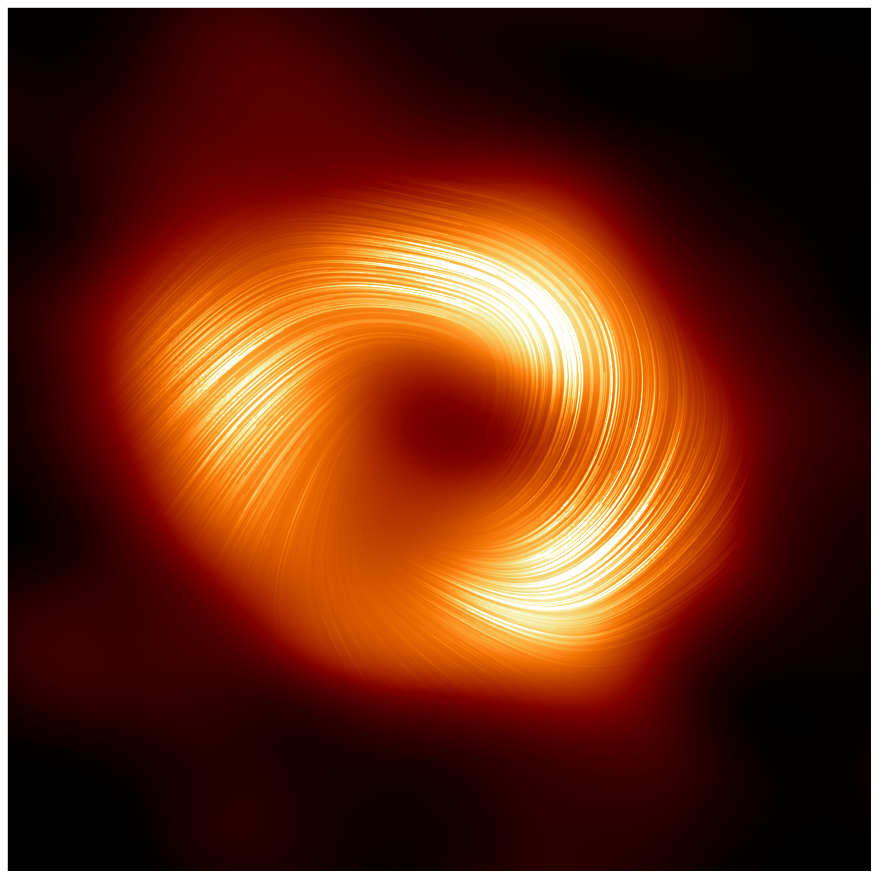Indian Scientists Uncover New Source Behind Mysterious Super-Hot Gas in Milky Way
Researchers propose a model linking supernovae explosions and star formation to the mysterious hot gas observed in X-ray emissions and quasar spectra.

- Country:
- India
Scientists at the Raman Research Institute (RRI), in collaboration with IIT-Palakkad and Ohio State University, have identified a potential source behind the super-hot gas detected around the Milky Way galaxy. Their research, published in the Astrophysical Journal, proposes that supernovae and ongoing star formation in the Milky Way’s stellar disc may be responsible for the mysterious heating of this gas.
The discovery of gaseous matter surrounding the Milky Way has intrigued astronomers for decades, with earlier studies revealing the presence of a vast gas sphere extending up to 700,000 light years from the galaxy. This gas, initially thought to be a result of the galaxy’s gravitational pull, was found to be heated to millions of degrees Kelvin, suggesting a dynamic and complex interaction between the galaxy’s gravitational forces and the surrounding gas.
The Emergence of Even Hotter GasIn recent years, however, a new and more puzzling phenomenon emerged. Researchers discovered gaseous matter at a scorching temperature of approximately ten million degrees Kelvin, a temperature far hotter than previously detected. Faint X-ray emissions in all directions of the Milky Way pointed to the presence of this fiery gas, which was also observed as an absorbing medium in the spectra of at least three distant quasars. This raised the question of what could be continuously pumping heat into this super-hot gas and keeping it alive.
The Role of Supernovae and Star Formation
In their two related studies, scientists at RRI and their collaborators proposed a new model to explain these findings. They identified that the gas responsible for the X-ray emissions and absorption signals were not the same. According to their research, the X-ray emitting hot gas is generated by a puffed-up region surrounding the stellar disc of the Milky Way.
This region of gas is heated by the explosive deaths of massive stars, known as supernovae, which occur continuously in various regions of the Milky Way's stellar disc. These supernovae release tremendous amounts of energy, heating the surrounding gas to high temperatures and enriching it with elements synthesized within the cores of massive stars. This turbulent gas is then swept away from the stellar disc and swirls around the galaxy, either escaping into the intergalactic medium or cooling and falling back onto the disc.
"As supernovae explode, they keep heating up the gas surrounding the disc, enriching the gas with elements created in massive stars," said Mukesh Singh Bisht, a PhD student at RRI and lead author of the study.
The Enrichment of α-Elements in Hot Gas
In addition to its high temperature, the absorbing hot gas revealed an intriguing composition. Astronomers found that it was enriched with α-elements—such as sulfur, magnesium, and neon—elements produced during nuclear reactions in the cores of massive stars and expelled during supernovae explosions.
"This fiery gas, at least in some directions, is enriched with α-elements, which are key clues pointing to nuclear reactions in stellar cores," explained Biman Nath, faculty member at RRI and co-author of the study. "These elements are released during supernovae and provide valuable insight into the ongoing stellar processes in the Milky Way."
While thousands of runaway stars are ejected from the Milky Way disc, those that hover above the disc and explode as supernovae create large puffs of α-enriched gas. If these explosions align with the direction of light from distant quasars, the gas absorbs some of the light, producing shadow signals that help explain the absorbing hot gas observed by astronomers.
Unveiling New Pathways for Future Research
The researchers suggest that the hot gas seen in X-ray emissions is a result of the intense star formation activities in the Milky Way's stellar disc. These star-forming regions continually release energy through supernovae, which enriches and heats the gas surrounding the disc. The study presents a significant advancement in understanding the sources of the high-energy X-ray signals observed in our galaxy and provides a fresh perspective on the processes governing the behavior of gaseous matter in galaxies.
The faint X-ray signals produced by the hot gas present an opportunity for further studies, with the research team planning to test their model at other frequencies to gain deeper insights into the nature of this mysterious gas. By understanding the processes responsible for its heating, scientists aim to uncover more about the complex dynamics of gas and stars in galaxies, as well as the broader implications for the evolution of the Milky Way.
This study not only sheds light on the enigmatic sources of hot gas in our galaxy but also lays the groundwork for future research into the mechanisms driving star formation and supernovae explosions, ultimately enhancing our understanding of galactic evolution. 4o mini You said:
- READ MORE ON:
- Milky Way
- Raman Research Institute
- IIT-Palakkad
- Ohio State University










